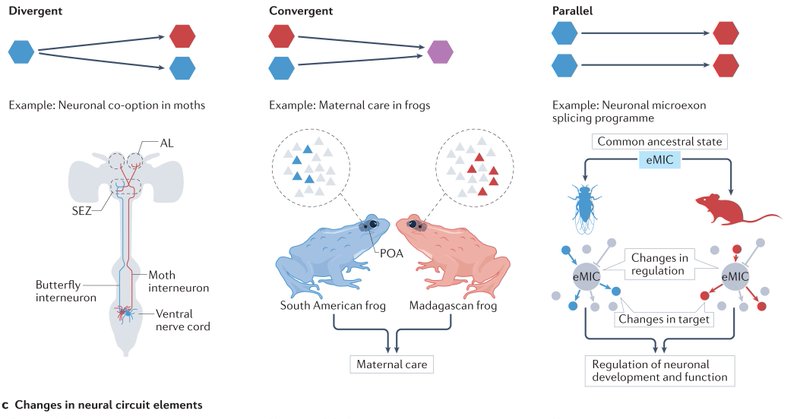
Erik Duboué
@eduboue
Followers
352
Following
3K
Media
71
Statuses
776
Neuroscientist, New Orleanian, dog lover. Associate Professor at FAU studying neuronal mechanisms underlying behavioral adaptation using zebrafish and cavefish.
West Palm Beach, FL
Joined January 2011
RT @biorxiv_evobio: Evolution of a central dopamine circuit underlies adaptation of light-evoked sensorimotor response in the blind cavefis….
0
1
0
Several years ago, work with @AlexCarlKeene and @SumbreLab revealed that despite the loss of eyes, cavefish still showed neural activity in the optic tectum when exposed to changes in light. 5/15.
cell.com
Lloyd et al. apply functional brain imaging in multiple populations of cavefish to define changes in visual processing that accompanies the evolution of eye loss.
1
0
1
A recent perspective piece was just published, which highlighted that while our understanding of neural circuits function is detailed, less is known about how these circuits evolve. 2/15.
nature.com
Nature Reviews Neuroscience - Understanding how brain circuits have been altered by evolution can provide insight into their development and function. Prieto-Godino and colleagues provide an...
1
0
2
We are really excited that this paper is finally out. Special shout out to @KozolRobert (now at St. Johns) for spearheading this work. This was a fun collaboration with @AlexCarlKeene and @JohannaKowalko Labs. Thread. 1/15.
biorxiv.org
Adaptive behaviors emerge in novel environments through functional changes in neural circuits. While relationships between circuit function and behavior have been well studied, how evolution shapes...
2
6
26
Kicking off #Cavefish24 with @AlexCarlKeene @NicolasRohner, @JohannaKowalko and Wes Warren at #BOcean resort
0
2
22
RT @NicolasRohner: 📢 Our latest in-depth review on #cavefish genetics is LIVE in @TrendsGenetics. A huge shoutout to our brilliant grad stu….
0
11
0
Transgenic #Astyanax are changing the way we study evolution of the brain and emergence of adaptive behaviors.
0
0
15














